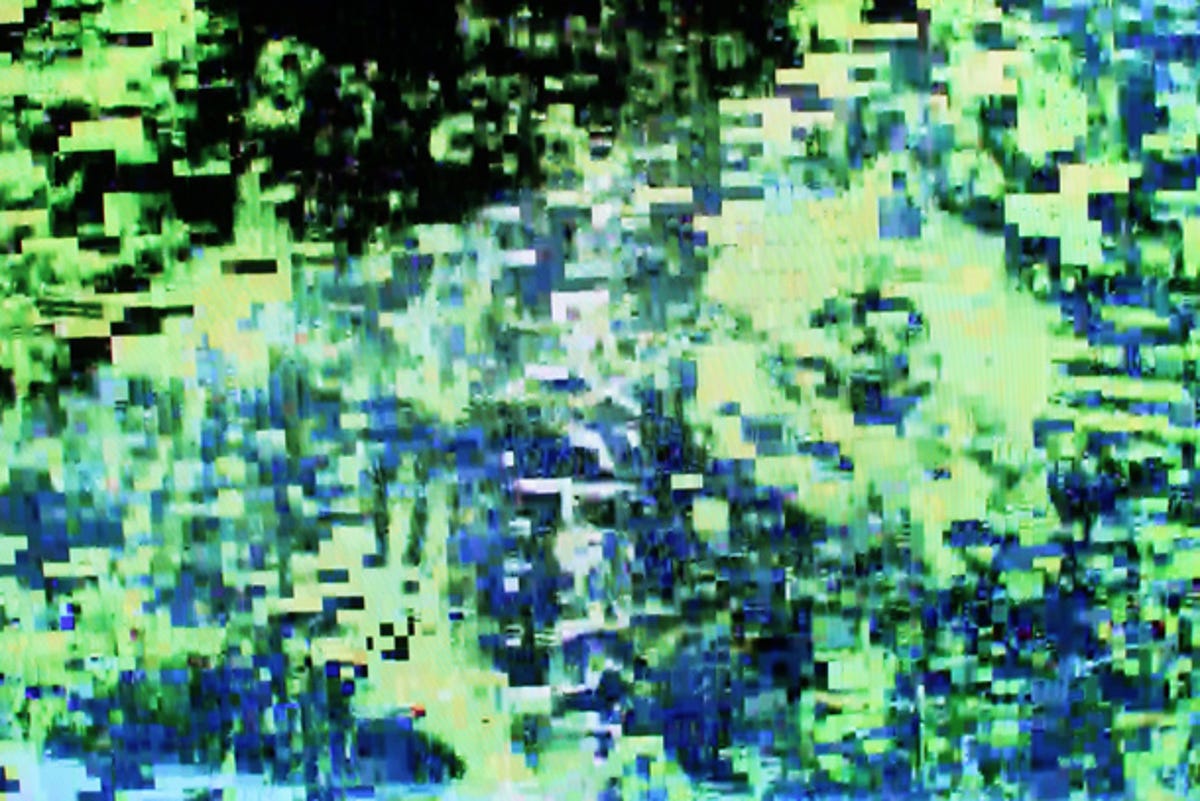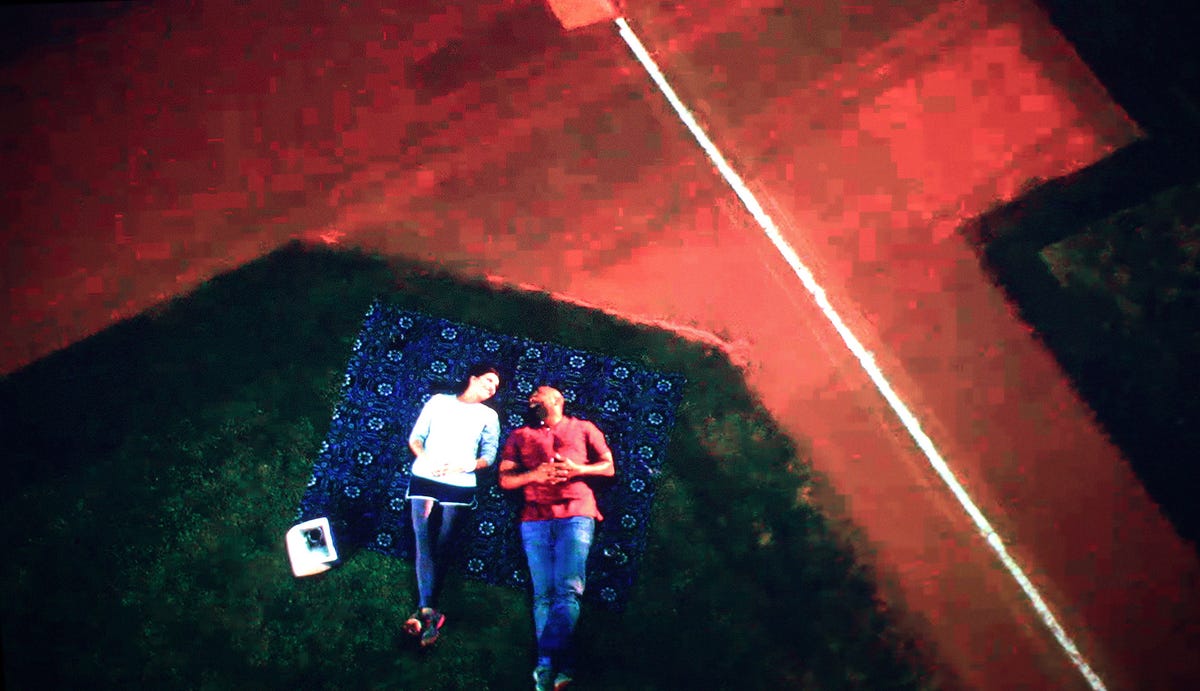
Geoffrey Morrison
A common complaint I get via e-mail or in comments on other articles involves a picture that breaks up into what look like little blocks.
Often, people incorrectly refer to these as “pixels,” or blame their TV settings.
In fact, this artifact is in the source, and unfortunately, there’s not much you can do about it.
All video you see is compressed. This is to say, the image you see has been manipulated to take up less space, at the expense of absolute quality. For the most part, this compression is relatively good. Uncompressed HD signals are massive, and I think we’d all agree the picture quality of Blu-ray is quite lovely.
However, most of us get the majority of our HD video from sources other than Blu-ray, and that’s where the problem starts. All other sources, be they streaming or HD channels on cable/satellite, have much less bandwidth than Blu-ray. As in, they’re not able to handle the massive HD video files that Blu-ray can. So the data is compressed even further.
As the compression increases, there’s more possibility of artifacts. Quality is not the first goal of high compression. Smallness is. So as long as you get something, that’s what counts. Sadly, for many, this highly compressed image is all they know of HD. Comparing “real” HD from Blu-ray, and the soft, compressed, artifact-laden “HD” from most streaming services and cable/satellite providers is like comparing DVD to HD. I go into this in more detail in “When HD isn’t HD.”
The blocky artifact you see above (and in the images below) is called macroblocking. It’s an artifact that happens when the video codec (encoder/decoder, like MPEG) sorta “runs home to mama.” It can’t handle the amount of information being thrown at it, at the chosen bit rate, and the result is blocks in the image. Why blocks? It’s a result of how the image is compressed in the codec.
Here’s a close-up of the macroblocking from the same source as the image at the top.


Geoffrey Morrison
Here’s a different program, so you can get a better idea of a more subtle variation.


Geoffrey Morrison
Related stories
- LED LCD vs. plasma vs. LCD
- Active 3D vs. passive 3D: What’s better?
- Why all HDMI cables are the same
- TV tech explainer: Every HDTV technology decoded
- What is refresh rate?
- 1080i and 1080p are the same resolution
- LED LCD backlights explained
You’ll most commonly see macroblocking in fast motion, or when there’s a lot going on in the image. The confetti at the end of the Superbowl was a macroblocking mess. Shots of the ocean are another problem, as there are a lot of individual things moving in the shot (like the wave tops).
Not every source will have macroblocking. Blu-ray Disc video, as mentioned, isn’t likely to have it unless it’s an artistic part of the content. Over-the-air broadcasts may have it, depending on how much bandwidth your local channel devotes to its main HD signal. Many stations squeeze their HD channel (compressing it further) to fit other channels of digital standard-definition content.
Cable and satellite broadcast have this issue a lot. Many cable providers highly compress their HD signals, resulting in an image far inferior to Blu-ray or over-the-air TV, with lots of macroblocking and other compression problems.
Bottom line
Because this is a source issue, there’s not much you can do about it. Reducing the sharpness control on your TV can help minimize the ugliness (and it’s probably not a bad time to check your settings anyway). Your best bet is to just use the highest-quality source you can, whenever possible. If your current cable or satellite provider has a lot of macroblocking or other compression artifacts, it’s possible switching to the other type of TV might result in a better image…or it might not. A Google search of “Is Kabletown better than DirecISH TV” or whatever your providers are will certainly turn up a lot of opinions. Some might even be helpful.
Got a question for Geoff? First, check out all the other articles he’s written on topics like HDMI cables, LED LCD vs. plasma, active versus passive 3D, and more. Still have a question? Send him an e-mail! He won’t tell you what TV to buy, but he might use your letter in a future article. You can also send him a message on Twitter @TechWriterGeoff or Google+.




